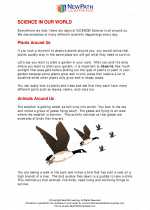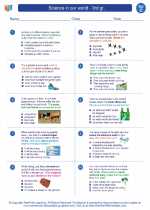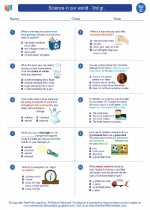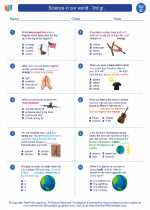Types of Inflorescence
Racemose Inflorescence
In racemose inflorescence, the main axis continues to grow and produces flowers at its tip. This type of inflorescence can be further categorized into:
- Indeterminate: The main axis continues to grow, and the flowers are arranged in an acropetal manner, i.e., the younger flowers are towards the tip.
- Determinate: The main axis terminates in a flower, and the growth ceases. The flowers are arranged in a basipetal manner, i.e., the younger flowers are towards the base.
Cymose Inflorescence
In cymose inflorescence, the main axis terminates in a flower, and the lateral branches also terminate in flowers. This type of inflorescence can be further categorized into:
- Monochasial: The main axis produces only one lateral branch, and the process continues.
- Dichasial: The main axis produces two lateral branches, and the process continues.
Functions of Inflorescence
Inflorescence serves several important functions in plants:
- Reproduction: Inflorescence allows for the production of flowers, which are essential for sexual reproduction in plants.
- Attracting Pollinators: The arrangement and display of flowers in inflorescence help attract pollinators such as bees, butterflies, and birds, facilitating pollination.
- Seed Dispersal: After fertilization, the flowers develop into fruits, which contain seeds. The arrangement of flowers in inflorescence can aid in the dispersal of these seeds.
Study Guide
When studying inflorescence, it is important to focus on the following key points:
- Understanding the different types of inflorescence, including racemose and cymose inflorescence, and their subcategories.
- Identifying the characteristics of each type of inflorescence and being able to differentiate between them.
- Exploring the functions of inflorescence in the reproductive cycle of plants and its role in attracting pollinators and facilitating seed dispersal.
Additionally, it is helpful to study specific examples of plants exhibiting different types of inflorescence and to observe real-life examples of inflorescence in different plant species.
.◂Science Worksheets and Study Guides Third Grade. Science in our world - 3rd gr.
Study Guide Science in our world - 3rd gr.
Science in our world - 3rd gr.  Worksheet/Answer key
Worksheet/Answer key Science in our world - 3rd gr.
Science in our world - 3rd gr.  Worksheet/Answer key
Worksheet/Answer key Science in our world - 3rd gr.
Science in our world - 3rd gr.  Worksheet/Answer key
Worksheet/Answer key Science in our world - 3rd gr.
Science in our world - 3rd gr.  Worksheet/Answer key
Worksheet/Answer key Documenting Data
Documenting Data 

 Worksheet/Answer key
Worksheet/Answer key
 Worksheet/Answer key
Worksheet/Answer key
 Worksheet/Answer key
Worksheet/Answer key
 Worksheet/Answer key
Worksheet/Answer key

The resources above cover the following skills:
History and Nature of Science: A student should understand the history and nature of science. A student who meets the content standard should:
Develop an understanding that historical perspectives of scientific explanations demonstrate that scientific knowledge changes over time, building on prior knowledge.
Develop an understanding that scientific knowledge is ongoing and subject to change as new evidence becomes available through experimental and/or observational confirmation(s).